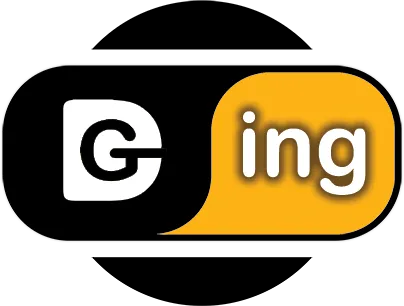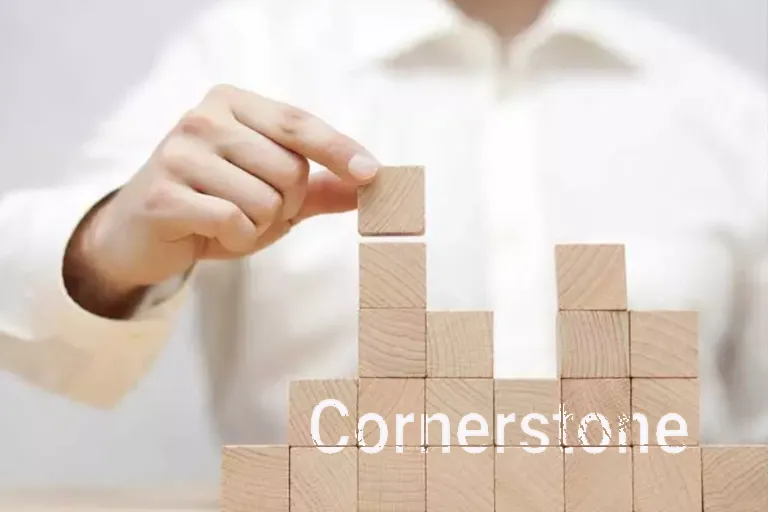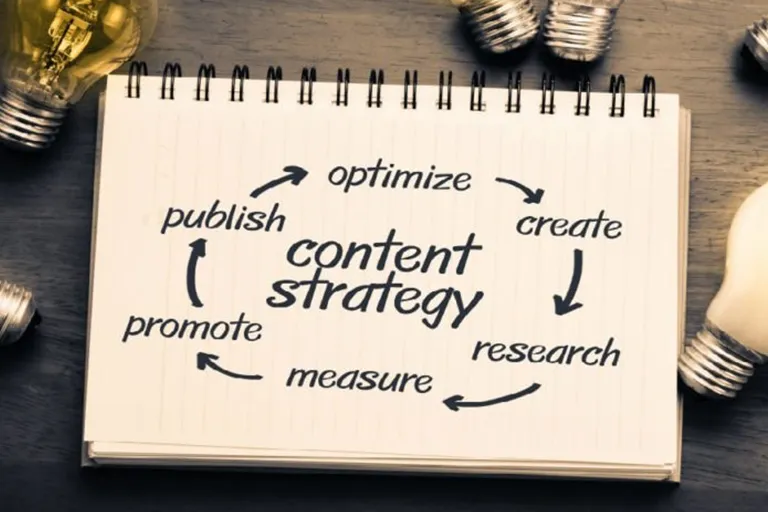In order to define what content is, we need to examine content strategy and content marketing , but first we will define content and specifically digital content so that we can distinguish different types of content from each other with a more principled approach.
But the problem with the content definition is that there is almost no clear and clear description as the definition of content or the definition of digital content that you can claim that experts agree on.
Just look at the list published by Top Rank and see the variety of definitions to be sure that it is impossible to arrive at a clear summary of the definition of content.
In my opinion, topics such as advertising , public relations and presence in social networks are not considered as branches with an independent identity, but as a small subset of content strategy and content marketing knowledge.
Many of those who enter the field of content see content as part of content marketing and as an arm of digital marketing . And of course, many people who work in the field of content, especially if they consider themselves active in the field of digital marketing , use the two terms content strategy and content marketing almost synonymously.
What is content?
According to the above explanations, it is more appropriate when someone talks about content, to ask him what is the definition of content from his own point of view, so that we can better understand his words and not insist on reaching a single definition in the wide and diverse world of content activists. do.
Definition of content
A form of information that has a specific structure and can be understood and used by humans as an audience; And of course , the editing process about it has meaning and can be applied.
Definition of digital content
Digital content has all the features of content. But it has another feature, which is that digital platform and infrastructure are used for its transmission, storage and consumption.
Such a definition can cover things like books, articles, audio files and podcasts, videos and animations, educational packages and products, social media posts and digital emails.
Content features
Man
When we define human as content audience, the border between content and traffic becomes clear. Many providers of digital communication platforms, including Internet companies and mobile phone operators, consider the concept of content to be very close to traffic.
An important part of their revenue model is based on traffic sales. It is natural that the content in their eyes is something that can increase their traffic.
Almost all Internet service providers in Iran have focused their content production and supply projects on download sites and Internet TV and tools like these so that they can generate income from traffic consumption in different ways.
The value of messaging software and social networks for these companies is due to the traffic they generate.
If you fill a multi-gigabyte file with random numbers and send it to another friend, all Internet messengers will be happy; Even more than when you send a video or audio file or a book or article. Because from the point of view of most of these networks, originality is related to the amount of content and not the original content.
Structure
Emphasis on structure distinguishes professionally produced content from raw information.
The fact is that if you publish a text of several thousand words in a raw form without any headers and footers and explanations and side information in the digital space, you can say that you have provided a digital content.
But such content is not the subject of content strategy , content marketing and content production .
Therefore, while emphasizing that in terms of nature, structure is not a necessary feature of content, I prefer to consider structure as one of the features of content and make my definition more limited than other forms of content, whether in physical or digital space. Get out of our discussion.
Edit
Editing, like structure, is another feature of content.
Consider these examples:
- To publish an article on your site or blog, you usually edit it before publishing. You may return to it many times after publication and edit it again over time.
- When you publish a book, you can edit it over time for different printings. In addition, before the first release, the most serious form of editing is applied to it.
- Providing an audio file, writing an explanation for an Instagram post, sending an article on the Telegram channel, as well as producing a video clip or animation, all have to do with editing.
By including the editing process in the definition of content, we remove things like live on Instagram, or live streaming videos and interviews from the definition of content; Unless they are also recorded and we use their archival form later. Of course, this method of making exceptions is only a personal solution to define what the content is, and you may not encounter this method in other materials and articles.
Those who work in the media and journalism space consider liveness and live reports as a quality form of content. We’ve seen that the Live logo is usually proudly emblazoned next to images in such reports.
But in the field of strategy and content marketing , if the content is lost immediately after production and there is no possibility of any kind of management on it, it is no different from dead content. Live content in the field of digital marketing makes sense when there is sufficient control over the life cycle of the content and we can manage the produced content in all stages of its life.

Live content
While emphasizing that the limiting model in defining the content is only an innovative solution, I draw your attention to the following example:
Suppose someone has a live program on Instagram and the same moment or hours later, that program disappears and disappears completely, I do not consider it as an example of content in the discussion of content strategy and content production.
In fact, for someone who does this type of media activity, content strategist and content marketing specialist cannot do much. Choosing the topic and broadcast time, which is the specialty of advertising experts and is a century old, and we don’t need to blame it on the content strategist.
But if the same live program is recorded and later presented in another form. For example, in the form of a few Instagram posts or a video on the site, or assembling parts of it and making it publicly available, or even setting up a text report of it, we are now facing a live content. Content we can work on and ask the following questions about:
- What place does this content have in my content strategy?
- How can content marketing techniques help me generate economic value from this content?
- How can I extend the life cycle of this content?









